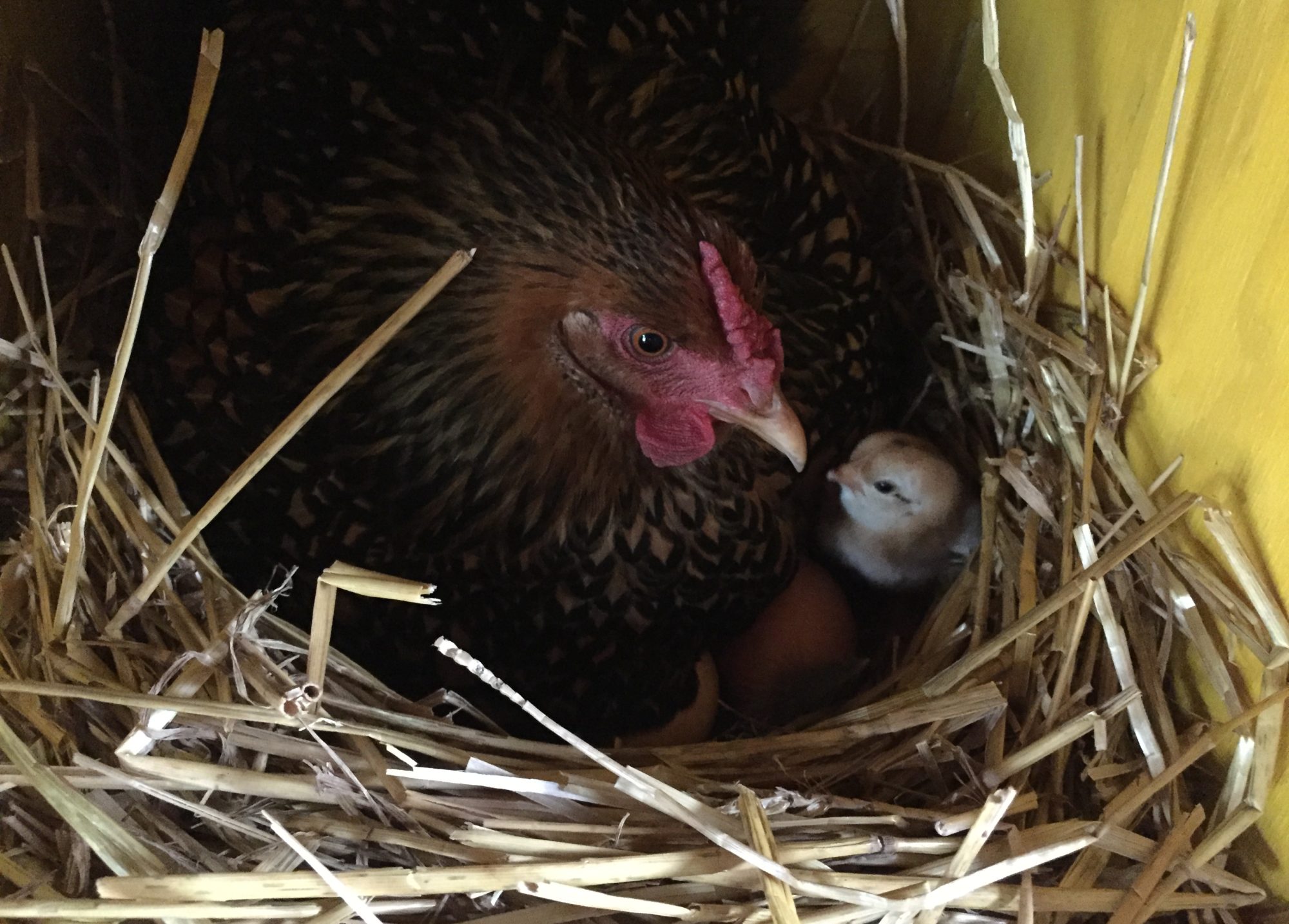
Before we begin, we know we’re going to upset a lot of people with this article, so please understand why it is being written. We are NOT saying you should kill your old chickens. We’re saying this is what we do and it works for us. If you object to livestock becoming food, please do so silently. We respect your choice to not eat meat, so please respect our choices as well. Now let’s carry on.
We maintain about 400 chickens on average. Ages range from chicks to 4 years old. Our chickens are livestock, and they exist to give us eggs so we can sell them and buy more feed. It’s the way farms work. We have a few special hens that have earned “Pet Status”, and we welcome the joy they bring us, even if they don’t lay eggs.
A hen lays less eggs each year. After they molt (replace old feathers) in the fall, their lay capacity drops about 20% from the year before. By the end of their 3rd year, they will lay about half the eggs they laid in their first year. And older chickens don’t lay consistently through the year. An older hen will lay in the spring, less in the summer, and stop laying through fall and winter.
If we let all of our chickens age, we would have no eggs in winter, and if we kept adding chicks in spring, we could soon be overrun with chickens, most of whom eat but give us nothing in return.
The average life of a farm chicken is about 7 years. Before you tell us you read on the internet that a chicken can live to 15 years, that is true if it is raised as a pet and doesn’t roam the ground that is full of worms, bacteria, and internal and external parasites. If you take the average life of any being, including ourselves, and cut that in half, it is considered “over the hill”. So with chickens, they are in their twilight years by age 3 1/2.
Between 3 and 4 years old, we mark hens for future processing by putting a red zip-tie on their leg. We usually do that during our annual spring health check in May. Then once the heavy lay season is over in mid-summer, we gather about 20 to 25 at a time to process. They are sold as soup birds. Their intense flavor makes the most delicious soups, stews, and stocks, and their sale helps fund the farm’s educational mission.
We hear many chicken owners say they will let their hens “live out their natural lives”. Let’s talk about what that really means. Like humans, when animals get older, they get fat, lazy, and their immune system begins to decline. They preen and dust-bathe less, resulting in more parasites. They are more susceptible to internal parasites like worms and coccidia. They can develop oviduct infection, and water belly as a result of heart-lung failure. And they are more susceptible to getting infections like bumblefoot and illnesses like mycoplasmas and coccidiosis. And most chicken owners don’t take their birds to a veterinarian. It’s too expensive and they are hard to find.

The point is that letting your chickens live out their natural life is not always the humane thing to do. Keeping the flock young avoids a lot of animal suffering, provides food to others, and funds the farm. We try to treat our ailing chickens, but every time we couldn’t improve its condition and failed to euthanize it, we regretted it because we knew it suffered.
Again, we aren’t telling you to kill your chickens. But planning for a flock renewal works for us, funding our educational mission, reducing suffering, and keeping our flock young.


